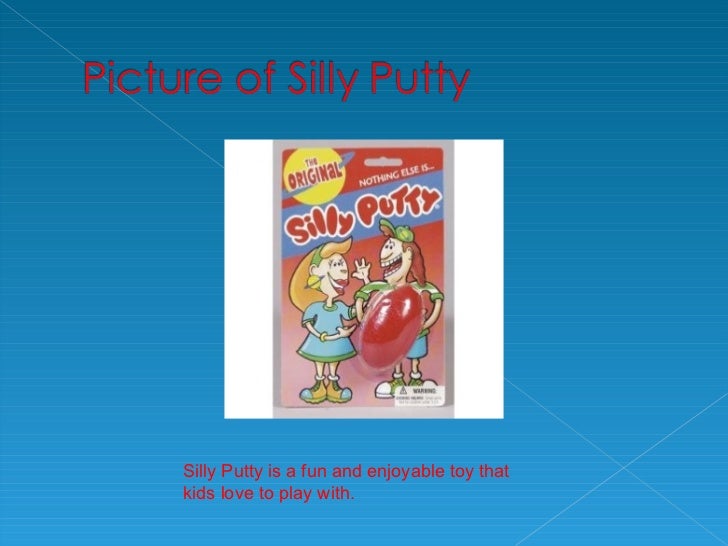
It was amusing to feel the moisture being spit from the seat in front of me, and screaming in disgust. The cartoons should not be talking to mem much less sneezing on your face. It was interesting that the “fourth wall” was broken. I remember being so excited to see the Shrek Show! The image of Shrek on a movie screen talking to you. The technology has come so far from the 4D shows that were previously offered. Virtual Tour of the World from the perspective on flying through the air in a glider. You hear the sounds from the thundering Iguazu Falls in South America. You climb aboard a hang glider that takes you to the “Wonders of the World.” You feel the wind on your face and smells of the fresh rain at the Taj Mahal. If you haven’t had the opportunity to ride this ride, you need to put this on your bucket list. My all-time favorite ride is at Epcot Center in Disney World called Soarin’. The first thing that comes to mind for me when speaking of VR and AR is DISNEY. Both have options to let you manipulate your realities. Augmented reality takes the world around you and places images in it. Virtual reality is being in the reality living within the artificial created world. VR and AR are not gimmicks, and must be seen as valid additions to the toolkit that may be used by libraries to engage its audience, not only with the latest technology but also with the goal in mind of ensuring a proper approach to teaching information literacy.īruce Massis Director of Libraries, Columbus State Columbus, Ohio, USA What’s the difference?įirst, what is the difference between virtual reality and augmented reality? Just need imagination, energy, and the drive to inspire the students. The more I look, the more I want to do with MakerSpace. Also, has many kits for sale that are completely engaging for all ages. Many are digital, but many also require only paper and pencil (and imagination.) Once you’ve seen some of their examples, it is easy enough to tweak the ideas to make them your own. I use the search terms “escape room” or “Breakout” for sessions. One of my favorite and most engaging MakerSpaces (especially with older elementary) are challenges (like a challenge.) I find many of my ideas on. Children’s Books Daily is also a great site for inspiration in general. The following link has many different professional sources for tying literature and MakerSpaces together. It is as simple as having the students read “The Three Billy Goats Gruff” and building a bridge out of just paper. It also helps students learn the valuable lesson of following directions (closely, because the car won’t work otherwise.) īut, I also have Spaces that tie directly to a piece of literature. It teaches the basics of electric circuits. For example, I have a Snap Circuit remote control car that students must build from scratch. I make some of my Spaces complete stand alones. On those days, I make my Makerspaces available to students who are finished perusing the stacks and have already check out their selections. On other days I try to give students an opportunity to just “be” in the library. I like to start the class with a lesson about librarianship. I teach a fixed schedule with six 50-minute blocks. Without libraries what have we? We have no past and no future.


I can provide that bridge between science and literacy. So that is why I found the concept of Makerspaces so appealing. The culture of my school right now is a focus on science and technology. With that being said, my focus is acquisition and access to information for my students. My personal mission is to make sure that my media center is a safe space, not just for learning, but for the well being of my students. There is so much that our occupation can provide for our students/patrons. I feel that the most exciting part of this journey has been learning the new and latest that librarianship has to offer. I feel that first and foremost, before you can achieve success, you have to provide yourself focus. Not all states provide these resources.Īll links were tested and were active as of January 3, 2005.ĭan Fuller, Professor, School of Library and Information Science, San Jose State University compiled this list with assistance from SLIS students Michael Kaufmann and Dale David.This past semester, I have been reflecting on many different aspects of school media librarianship (under the guidance of my latest School Library Media classes.) I have blogged about the different issues and topics through this platform. Included in the listing for each state is a link to the department of education and the state library. These URLs all relate to online database resources provided by states to K-12 students in the United States.


 0 kommentar(er)
0 kommentar(er)
